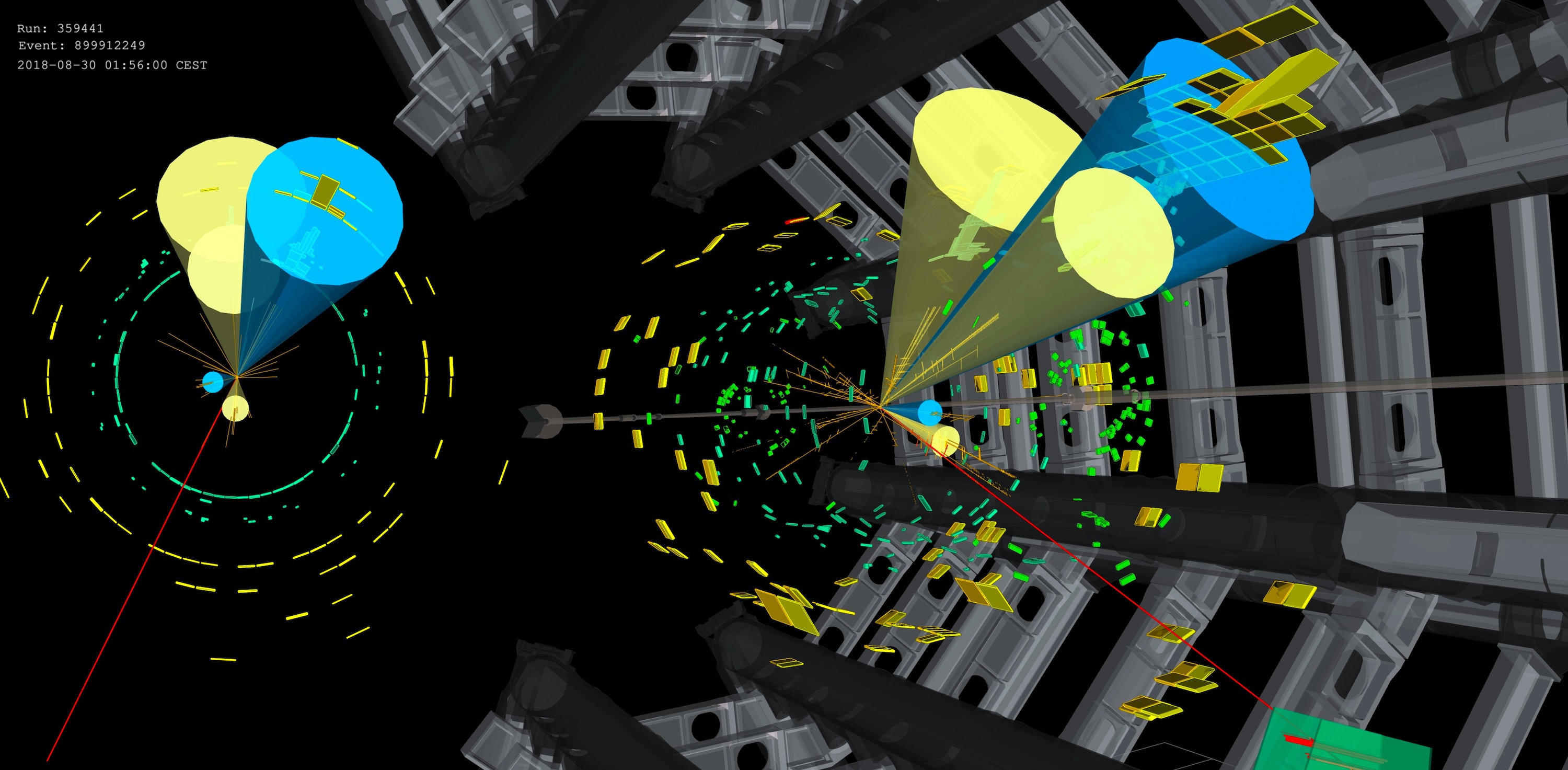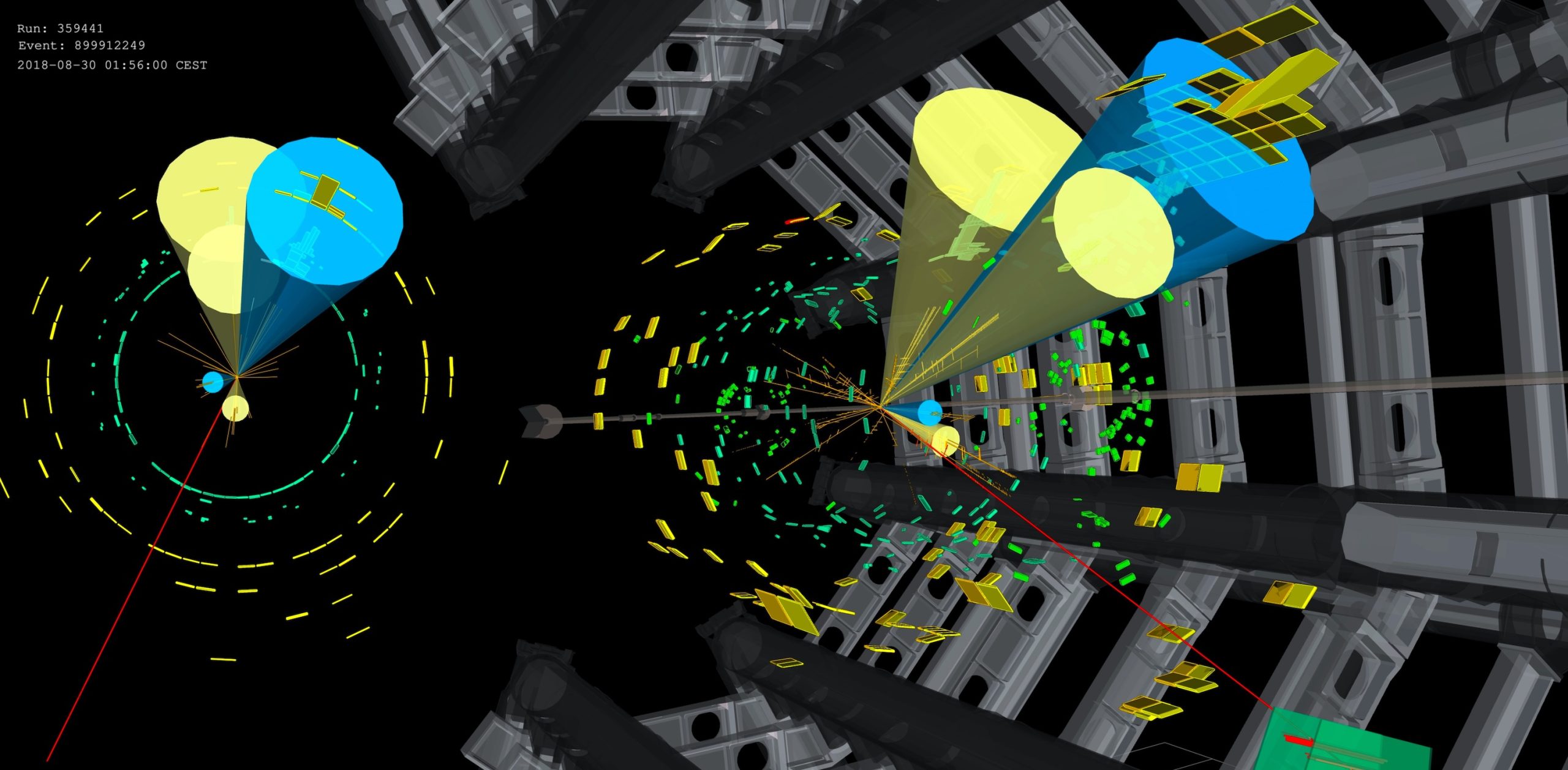
Modern Alchemy: How CERN Researchers Are Converting Lead to Gold—But Not for Financial Gain
For centuries, alchemists aspired to change base metals such as lead into gold, chasing wealth and the universe’s mysteries through mystical practices and early chemical methods. While these ancient quests did not yield success, contemporary physicists at CERN have accomplished what was once deemed unattainable: the transformation of lead into gold.
In a groundbreaking article released on May 7 in Physical Review C, scientists affiliated with the ALICE (A Large Ion Collider Experiment) project at CERN’s Large Hadron Collider (LHC) have demonstrated that this transmutation is more than mere fantasy—it is a verifiable phenomenon. This finding does not herald wealth or eternal potions, but instead provides significant insights into nuclear physics, particle interactions, and the essence of matter itself.
Electromagnetic Alchemy at the LHC
In contrast to the chemical pathways explored by medieval alchemists, CERN’s method is grounded entirely in high-energy nuclear physics. The transformation occurs during situations physicists refer to as ultraperipheral collisions.
In these infrequent encounters, lead nuclei get extremely close to each other without a direct collision. However, their powerful electric fields interact intensely, exchanging virtual photons—particles of electromagnetic energy. These photons have the capacity to displace protons from one of the lead nuclei.
Lead comprises 82 protons. By removing three of those, what is left is an atom of gold, which contains 79 protons. This type of modification—nuclear transmutation at the subatomic level—is the contemporary scientific equivalent of converting lead into gold.
A Tiny Yield, Yet a Giant Leap in Understanding
The fresh data stems from Run 2 of the LHC, which was conducted from 2015 to 2018. During that timeframe, ALICE researchers estimate that approximately 86 billion gold nuclei were generated through ultraperipheral lead-lead collisions across the four experimental stations of the LHC.
While that sounds substantial, the actual quantity of gold produced is negligible—merely 29 picograms (2.9 × 10−11 grams), several trillion times less than needed to make even a tiny speck of gold visible to human eyes. Additionally, the gold nuclei decay almost instantly upon colliding with detector materials or beam components, making them unstable and short-lived.
Thanks to ALICE’s advanced zero-degree calorimeters (ZDCs), which can measure the release of specific protons and neutrons from these atomic interactions, researchers successfully detected the creation and decay signatures of gold, along with other elements such as thallium and mercury.
“It’s remarkable that our detectors can manage head-on collisions resulting in thousands of particles, while still being sensitive to situations where only a few particles are generated at once,” remarked Marco Van Leeuwen, spokesperson for the ALICE collaboration.
Implications for Particle Physics and Future Colliders
The significance of these discoveries lies not in the ability to extract gold, but in what they reveal about electromagnetic interactions in high-energy contexts.
John Jowett from the ALICE team emphasized that gaining insight into these electromagnetic dissociation processes is crucial for reasons beyond scientific intrigue. It aids in enhancing theoretical models that forecast beam losses—events in which particles are accidentally lost from the circulating beams in a collider. Such losses can affect the performance and stability of the LHC and upcoming colliders. Therefore, even highly theoretical phenomena like nuclear transmutation can bear practical importance for billion-euro scientific operations.
This analysis marks the first direct observation of lead-to-gold conversion at the LHC. Previous theoretical frameworks had anticipated this likelihood, and earlier experiments conducted at lower energy levels had suggested such nuclear beauty—however, the ALICE study substantiates it.
Moreover, the frequency of gold formation is unexpectedly high. During active lead-lead collisions at the ALICE interaction point, new gold atoms are produced at a rate of 89,000 nuclei per second. The cross-section—essentially the likelihood—of generating gold in these events stands at roughly 5.3 barns, comparable to the rates for standard hadronic collisions, which form the primary focus of much of the LHC’s physics research.
A Nod to Alchemists—and a Step Forward in Modern Physics
From a perspective of experimental physics, this is an exhilarating affirmation of nuclear theory and a shining example of the remarkable ways nature behaves at subatomic levels. Despite their mysticism, the early alchemists’ fundamental insight—that significant transformation of matter is achievable—has proven correct, even if not in the manner they envisioned.
“This research signifies not just a scientific milestone, but a technological one, showcasing our advancements in particle detection and theoretical modeling,” stated Uliana Dmitrieva, also part of the ALICE collaboration.
Ultimately, the modern path to alchemy does not result in financial gains—but perhaps something even more precious: a deeper comprehension of how the smallest components of matter engage and transform.
